
Slow cookers achieved popularity in the US during the 1940s, when many women began to work outside the home. They could start dinner cooking in the morning before going to work and finish preparing the meal in the evening when they came home.
The Naxon Utilities Corporation of Chicago, under the leadership of electrical engineer Irving Naxon (born Irving Nachumsohn), developed the Naxon Beanery All-Purpose Cooker for the purposes of cooking a bean meal. Naxon was inspired by a story from his mother which told how back in her native Lithuanian town, his grandmother made a traditional Jewish stew called cholent which took several hours to cook in an oven. A 1950 advertisement shows a slow cooker called the "Simmer Crock" made by the Industrial Radiant Heat Corp. of Gladstone, NJ.
The Rival Company from Sedalia, Missouri, bought Naxon in 1970, acquiring Naxon’s 1940 patent for the bean simmer cooker. Rival asked inventor Robert Glen Martin, from Boonville, Missouri, to develop Naxon’s bean cooker into a large scale production model which could cook an entire family meal, going further than just cooking a bean meal. Martin also designed and produced the mass-production machines for Rival’s manufacturing line of the Crock-Pot. The cooker was then reintroduced under the name "Crock-Pot" in 1971. In 1974, Rival introduced removable stoneware inserts, making the appliance easier to clean. The Crock-Pot brand now belongs to Newell Brands.
Other brands of this appliance include Cuisinart, GE, Hamilton Beach, KitchenAid, Magic Chef, West Bend Housewares, and the now defunct American Electric Corporation.
Many slow cookers have two or more heat settings (e.g., low, medium, high, and sometimes a "keep warm" setting); some have continuously variable power. In the past, most slow cookers had no temperature control and deliver a constant heat to the contents. The temperature of the contents rises until it reaches boiling point, at which point the energy goes into gently boiling the liquid closest to the hot surface. At a lower setting, it may just simmer at a temperature below the boiling point. While many basic slow cookers still operate in this manner, newer models have computerized controls for precise temperature control, delayed cooking starts and even control via a computer or mobile device.
Slow cookers are less dangerous than ovens or stove tops due to their lower operating temperatures and closed lids. However, they still contain a large amount of foods and liquids at temperatures close to boiling, and they can cause serious scalds if spilled.
Slow cookers should not be used to cook dried kidney beans and other legume seeds. These foods contain the highly toxic lectin phytohemagglutinin, making as few as four raw beans toxic. This lectin is only deactivated by long soaking, then boiling in fresh water at 100 °C (212 °F) for at least thirty minutes. Information published by the United States Food and Drug Administration states that slow cookers should not be used to cook bean containing dishes. Commercially canned beans are fully cooked and are safe to use. Pressure cooking also deactivates the lectins.
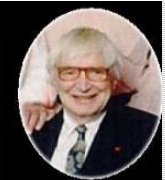
1927 – George C. Scott, American actor (d. 1999)
Annually, National No Beard Day on October 18th celebrates the clean shaven among us. The smoother the face, the bigger the celebration!
Whether you have had your beard for years or it is relatively new for you, this is the day to shave it off and go smooth. Perhaps your partner doesn’t like your beard, or you just haven’t shaved it off for years. No Beard Day is the day to see what you look like without it.
Achieving a close, kissable shave is a lost art that faded with a generation who had the first color televisions installed. Consider investing in the tools your grandfather or possibly your great-grandfather used – either a safety razor or a straight razor will give you the closest shave along with a natural bristled shaving brush and shaving soap. More care and time may be required, but the results are well worth the effort.
HOW TO OBSERVE
Shave and post before and after photos on social media.
You can also explore beard styles in preparation for growing your beard out again. Check out these 7 Popular Beard Styles Throughout History.
NATIONAL NO BEARD DAY HISTORY
National Day Calendar® continues researching the origins of this fashionable holiday. However, next month is No Shave November and since we are halfway through October, indications suggest we start there.







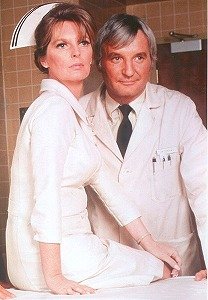
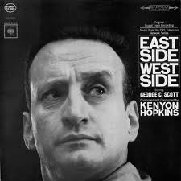


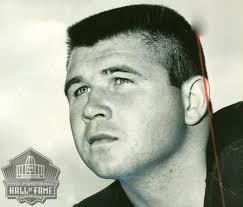

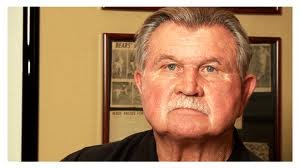
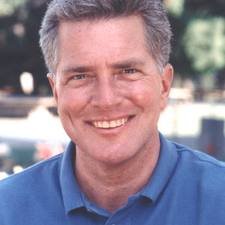
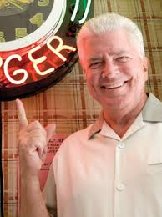





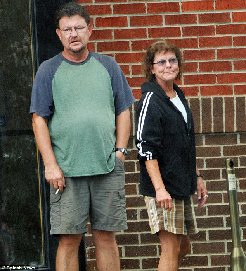

No comments:
Post a Comment